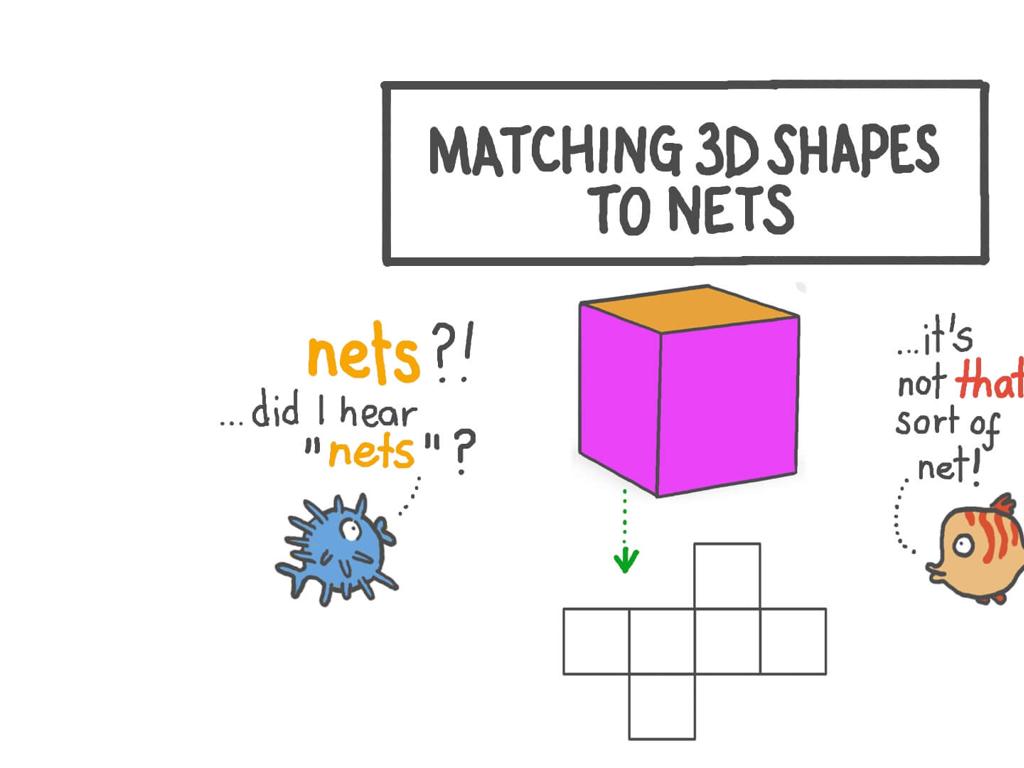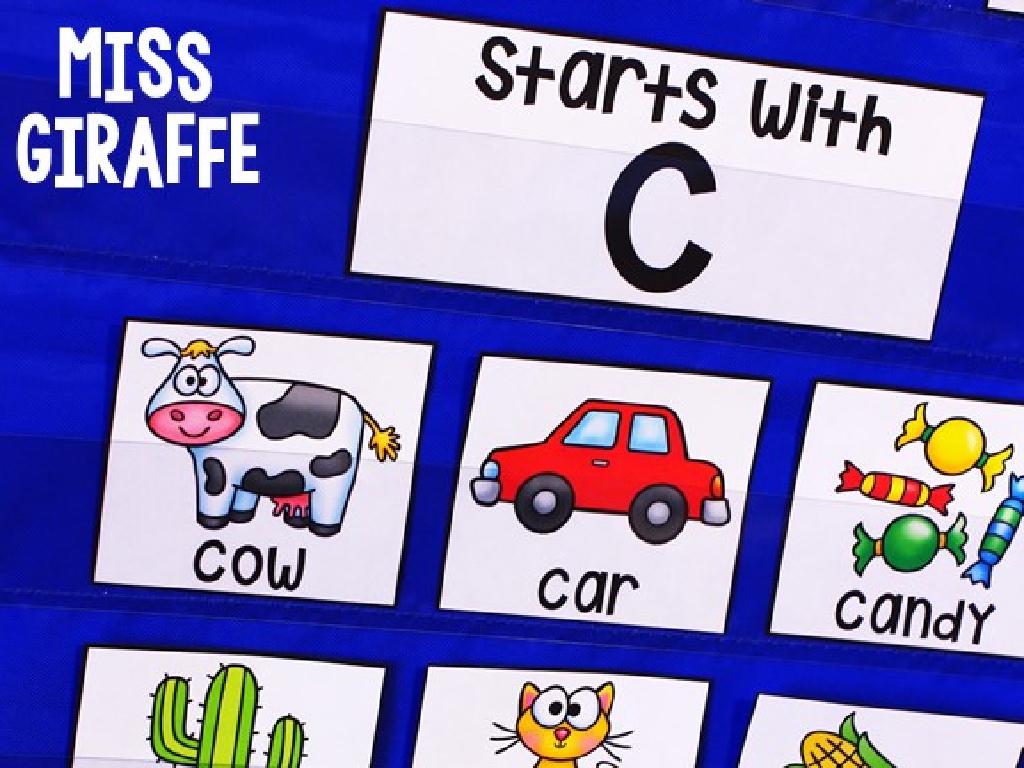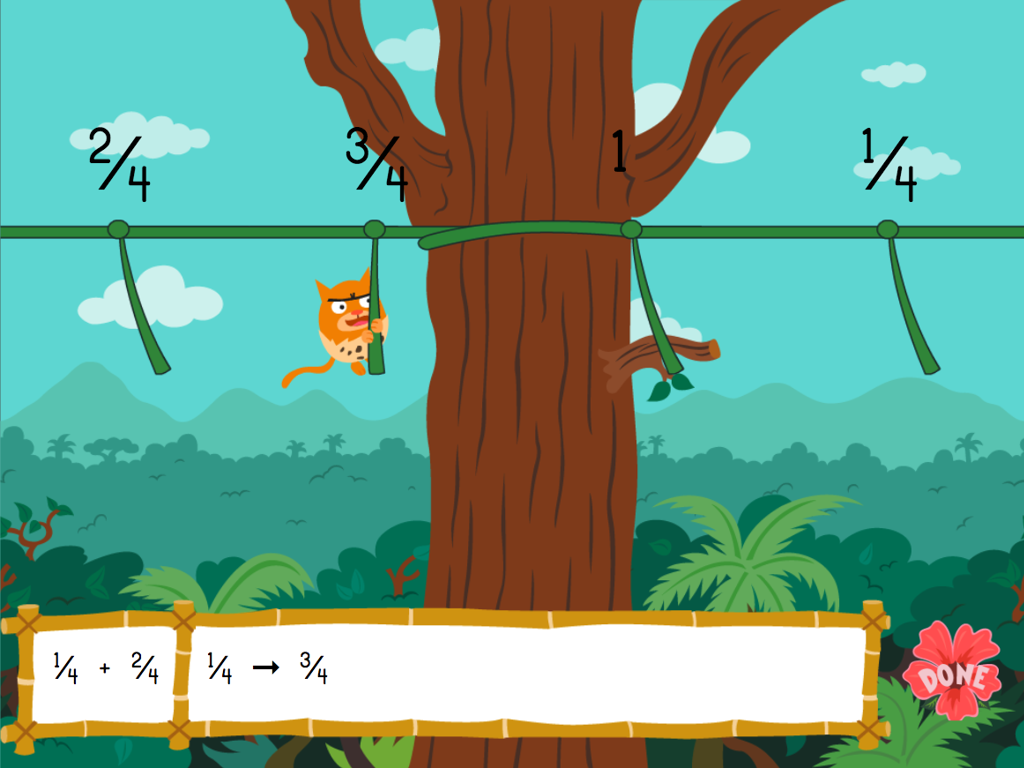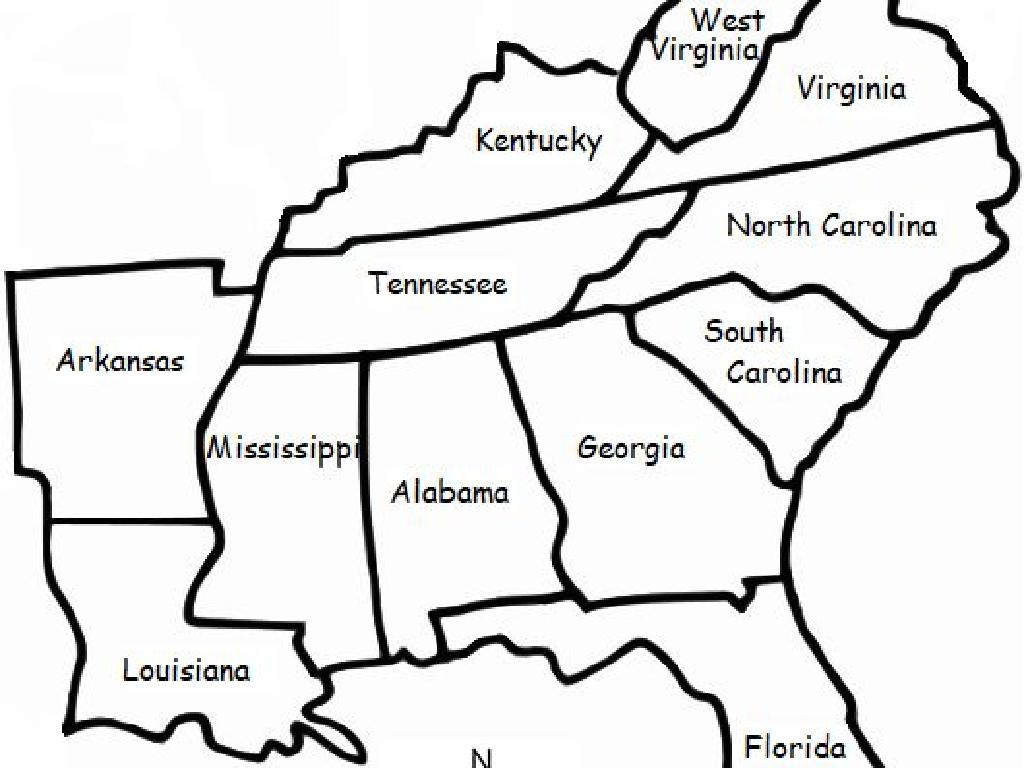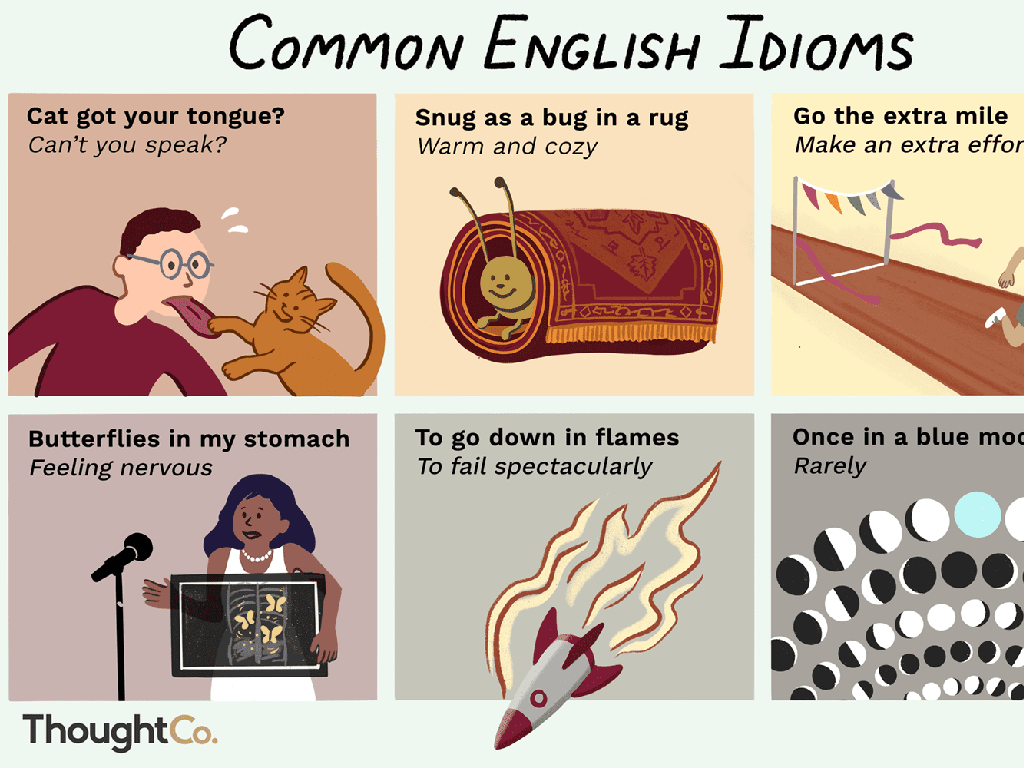Rotations: Graph The Image
Subject: Math
Grade: Seventh grade
Topic: Transformations
Please LOG IN to download the presentation. Access is available to registered users only.
View More Content
Understanding Rotations in Transformations
– What are Transformations?
– Transformations change a shape’s position or size.
– Today’s Focus: Rotations
– Rotations spin shapes around a fixed point.
– Rotations: Turning Shapes
– Shapes can turn clockwise or counterclockwise.
– Direction & Magnitude of Rotations
– The angle of rotation determines how far a shape turns.
|
This slide introduces the concept of transformations in mathematics, with a specific focus on rotations. Transformations are operations that alter the position, size, or orientation of a shape. Today, we’ll concentrate on rotations, which involve turning shapes around a fixed point, known as the center of rotation. It’s crucial to understand that rotations can occur in two directions: clockwise or counterclockwise, and the magnitude of the rotation is measured in degrees. Use examples on the board to demonstrate 90°, 180°, and 270° rotations, and encourage students to visualize the movement by possibly using manipulatives or tracing paper to see the effects of rotation on different shapes.
Understanding Rotations in Geometry
– Define geometric rotation
– A rotation moves a figure about a fixed point through a specific angle and direction.
– Rotations turn shapes around a point
– Imagine spinning a shape around a point without changing its size or bending it.
– The ‘center of rotation’
– This point is like the pivot in a spinning wheel; it doesn’t move while the rest of the shape rotates around it.
– Effects of rotation on shapes
|
Introduce the concept of rotation by defining it as a type of transformation where a figure is turned around a fixed point, known as the center of rotation. Emphasize that during a rotation, the shape itself does not change; only its position does. The center of rotation is analogous to the middle of a merry-go-round, where the fixed point is the center and the seats and horses move around it. Discuss how the shape’s orientation changes but the size remains constant. Use examples like turning a key in a lock or the hands of a clock to illustrate rotations. Encourage students to visualize rotations by using tracing paper or a geometry software to see the effects of rotation on various shapes.
Understanding Degrees of Rotation
– Rotations measured in degrees
– Degrees indicate the size of a rotation.
– Common rotations: 90°, 180°, 270°
– These are typical rotation angles in math problems.
– Direction: Clockwise vs Counterclockwise
– Rotation can be to the right (clockwise) or left (counterclockwise).
– Practice rotating shapes
– Use graph paper to rotate a triangle by these common angles.
|
This slide introduces the concept of measuring rotations in degrees, which is a fundamental aspect of understanding transformations in geometry. Highlight the most common degrees of rotation that students will encounter and ensure they understand the difference between clockwise and counterclockwise movements. Use visual aids like arrows on a circle to demonstrate rotation direction. For class activity, provide students with graph paper and have them practice rotating a simple shape, such as a triangle, by 90°, 180°, and 270° both clockwise and counterclockwise. This will help solidify their understanding of rotation and prepare them for more complex problems.
Graphing Rotations in Geometry
– Graphing a shape after rotation
– Use graph paper to plot the original shape and its rotated image.
– Center of rotation’s role
– The center of rotation is the fixed point around which the shape rotates.
– Example: Triangle rotated 90°
– Rotate each vertex of the triangle 90° clockwise around the origin (0,0).
|
This slide introduces students to the concept of graphing rotations, a type of transformation in geometry. Start by explaining that a rotation is a turn around a fixed point, known as the center of rotation. Use graph paper to demonstrate how to plot the original shape and its image after rotation. Emphasize the importance of the center of rotation and how it determines the new position of the shape. For the example, show how to rotate a triangle 90 degrees clockwise around the origin by moving each vertex of the triangle accordingly. This visual representation will help students grasp the concept of rotations and how to apply them to different shapes.
Rules for Rotations on the Coordinate Plane
– 90° rotation rule: (x, y) to (-y, x)
– For a quarter turn clockwise, swap x and y, and negate the new y.
– 180° rotation rule: (x, y) to (-x, -y)
– Half turn: negate both x and y to rotate the point by 180°.
– 270° rotation rule: (x, y) to (y, -x)
– For a three-quarter turn, swap x and y, and negate the new x.
|
This slide presents the rules for rotating points on the coordinate plane by 90°, 180°, and 270°. It’s crucial for students to understand that these rules are shortcuts for performing rotations without graphing. For a 90° rotation, the x and y coordinates swap places, and the new y-coordinate is negated, effectively rotating the point a quarter turn clockwise. A 180° rotation is simpler, as both coordinates are negated, flipping the point over both axes. For a 270° rotation, the coordinates swap and the new x-coordinate is negated, which is equivalent to a 90° rotation counterclockwise. Encourage students to practice these rules with different points to become comfortable with the concept of rotation and its effects on the coordinates of a point.
Let’s Practice Rotations!
– Graphing Rotations Worksheet
– Work in pairs on graph paper
– Partner up and discuss strategies
– Rotate shapes as instructed
– Use protractors to measure angles accurately
– Share results with the class
|
This class activity is designed to provide hands-on experience with graphing rotations. Provide each pair of students with a worksheet that includes shapes and rotation instructions (e.g., rotate 90 degrees clockwise about the origin). Ensure they have graph paper and protractors to accurately measure and draw rotations. Encourage collaboration and discussion between partners to foster a deeper understanding of the concept. After completing the worksheet, have each pair present their rotated shapes to the class, explaining the process they used. This will help reinforce their learning and allow for peer feedback. Possible variations of the activity could include rotating shapes about different points, not just the origin, or using different degrees of rotation to challenge students further.
Real-life Applications of Rotations
– Rotations in daily life
– Clock hands, wheels on a car, and merry-go-rounds
– Importance in engineering
– Used to design moving parts in machines
– Rotations in animation
– Key for creating lifelike movements in characters
– Think of more examples
|
This slide aims to show students how the concept of rotations they learn in math class applies to the real world. Rotations are not just a mathematical concept but are seen in everyday objects like the hands of a clock or wheels on a car. Understanding rotations is crucial in fields such as engineering, where it is necessary for designing machinery and moving parts. In animation, rotations are used to create realistic movements for characters. Encourage students to think outside the box and come up with other examples of rotations they encounter in their daily lives. This will help them connect the abstract concept of rotations with tangible experiences, enhancing their understanding and retention of the topic.
Class Activity: Create Your Own Rotation!
– Select a shape for rotation
– Decide on a rotation degree
– Graph the shape and its rotation
– Use graph paper to accurately plot the original and rotated shape
– Explain your rotation to the class
– Share your method and reasoning behind the chosen degree of rotation
|
This activity is designed to provide hands-on experience with the concept of rotation in geometry. Students will choose a shape and a specific degree of rotation (90°, 180°, 270°, or 360°) to apply. They will then graph both the original shape and its rotation on graph paper, which will help them visualize the transformation. After completing the graph, students will present their rotated shapes to the class, explaining the process they used to determine the coordinates of the rotated figure. For the teacher: Prepare different shapes and graph paper for the students. Guide them on how to count spaces on the graph paper to ensure accurate rotation. Have a protractor or a rotation tool available for students to use. Possible activities can include rotating different shapes by different degrees, comparing rotations clockwise and counterclockwise, or even exploring rotations that are not multiples of 90 degrees.
Review and Reflection: Rotations
– Recap rotation concepts
– A rotation turns a figure about a fixed point called the center of rotation.
– Address questions and challenges
– Share difficulties encountered during activities.
– Connections to other subjects
– How might rotations relate to art, design, or engineering?
– Reflect on today’s learning
|
This slide aims to consolidate the students’ understanding of rotations in geometry. Begin by summarizing the key points of rotations, including the center of rotation, angle of rotation, and direction (clockwise or counterclockwise). Open the floor for students to ask questions or express any difficulties they faced during the class activities. This is crucial for addressing misconceptions and reinforcing concepts. Encourage students to think about how the concept of rotations can be applied in other subjects such as art, where symmetry and patterns are important, or in design and engineering, where understanding movement is key. Finally, ask students to reflect on their learning journey for the day, what they found interesting, and what they would like to explore further.

